Africa

“The South African College and Its ‘Old Boys,’” 1886
The 1886 article, “The South African College and Its ‘Old Boys’,” provides an example of how universities extended their influence within an empire (or globally) through alumni and their expertise.
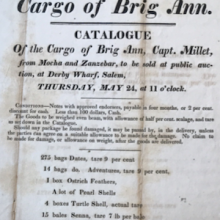
Short Teaching Module: Nineteenth-Century American Trade on Zanzibar
Although American merchants often fade from historical narratives after the eighteenth century, they remained influential actors in the United States and abroad.

Outward Cargo Manifest of the Rowena, 1841
Cargo manifests and other shipping records offer a tangible glimpse into expansive commercial networks, reminding observers of the physical goods underwriting long distance trade.
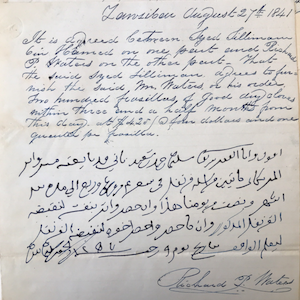
American and Zanzibari Trade Contract, 1841
This contract, one of few bilingual agreements that survive, illustrates the practical commercial system that Indian, Arab, and American traders developed on Zanzibar. The document outlines the quantity, quality, and price of the cloves being sold as well as their expected delivery date.
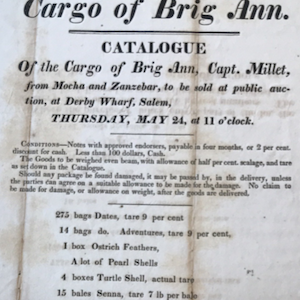
Advertisement for the Auction of the Ann’s Cargo, 1827
This flyer advertises the Ann’s 1827 arrival in Salem, Massachusetts, after making one of the first American trips to Zanzibar.

Rockefeller Foundation Report Concerning the Yellow Fever Vaccine
The creation of the yellow fever vaccine turned out to be quite controversial. Many of these controversies are revealed in documents such as this summary of correspondence between Georges Stefanopoulo, a Pastorian microbiologist, and his colleagues at the Rockefeller Foundation in New York.
"Yellow fever in Dakar – There is no epidemic"
This is an excerpt from an interview with Blaise Diagne, the Senegalese deputy to the National Assembly, published in Le Matin, one of the major national dailies in metropolitan France.
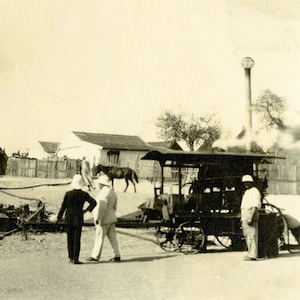
Disinfection of Dakar houses with a Clayton Apparatus
This is a photograph from the collections of the Rockefeller Archive Center depicting a Clayton apparatus disinfecting African houses during the yellow fever outbreak of 1927. The image illustrates a number of transnational linkages that shaped the epidemic.
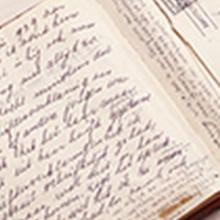
Analyzing Personal Accounts
Personal accounts, including memoirs, journals, diaries, autobiographies, and life histories, are important historical sources that help us understand the human condition. These are the stories we tell about our lives that usually portray a larger picture of a life in historical context.

Nisa, The Life and Words of a !Kung Woman by Marjorie Shostak
Made up of a series of analyses and personal interviews conducted by Marjorie Shostak, Nisa, The Life and Words of a !Kung Woman is an anthropological work about women of the !Kung tribe of the Kalahari desert in southern Africa told through the perspective of one individual, N